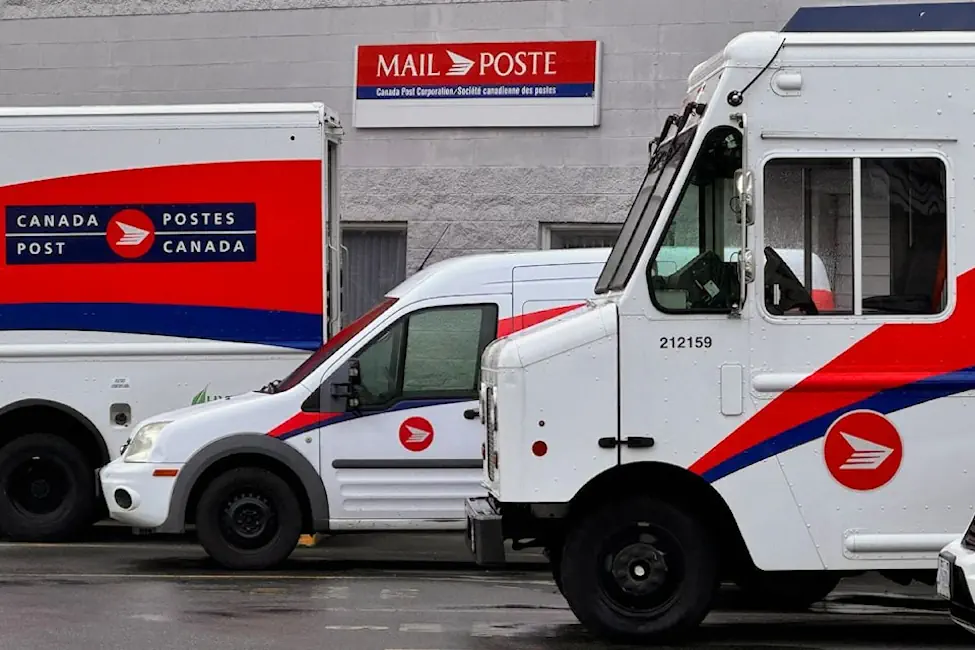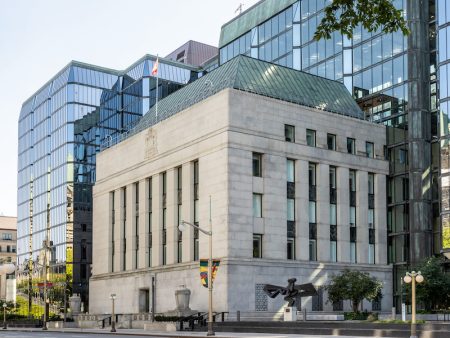This isn’t just a story about Canada Post. It’s about how your business might be the next to feel the pinch.
The Wake-Up Call Canada Didn’t Want
You’ve built your business on dependability. But what happens when the one delivery service that reaches even the most remote parts of the country is falling apart? Welcome to the storm brewing at Canada Post.
A new industrial inquiry report by Commissioner William Kaplan doesn’t sugarcoat it: “Canada Post is effectively bankrupt.” And unless swift changes happen, the service that Canadian entrepreneurs and families have relied on for decades might never look the same.
So, what’s the fix? It’s as drastic as it is controversial: end daily home delivery, allow weekend part-time workers, and brace for a complete restructuring.
The Financial Breakdown: Canada Post is Bleeding Money
Let’s not kid ourselves. The writing’s been on the wall for a while.
Kaplan’s report describes Canada Post’s finances as “insolvent.” Declining letter volumes, rising parcel demands, and outdated labour structures have pushed the Crown corporation to the edge.
Without significant reform, the report warns, there’s no turning back. And unlike other outdated government services, Canada Post is still vital—especially for small-town and rural communities where no other courier dares to go.
What They’re Proposing: Cut Daily Door-to-Door, Keep Business Delivery
The biggest headline? Daily home delivery might be scrapped altogether. But don’t panic—daily service for businesses would remain.
If you’re a Canadian business owner who relies on postal delivery for contracts, cheques, or regular communications, you’re (mostly) in the clear. But for residential customers, expect to walk to your community box soon—or worse, scramble for a workaround.
This change isn’t a wild idea. It’s a calculated shift to preserve the service for the long haul—especially where it matters most: in commerce.
The Gig Worker Debate: Part-Time Yes, Gig No
Here’s another bombshell: The report suggests allowing part-time workers, especially for weekend shifts.
Sounds like gig work? The Canadian Union of Postal Workers (CUPW) thinks so and is pushing back. But Kaplan insists these won’t be underpaid, unstable gig jobs—they’ll come with full pay, benefits, and union coverage.
If approved, this model could add flexibility and modernity without gutting the workforce. But CUPW isn’t buying it just yet.
Small Biz Fallout: Last Time, It Was Chaos
Remember the 2023 holiday stoppage? Millions of packages stalled. Sales tanked. Canadian entrepreneurs scrambled to make up for lost deliveries—some failed, many barely held on.
Tracy Stubbard, a yarn retailer from Cape Breton, still feels the burn. “I had to ask clients to wait… Courier costs were higher than the value of the item.”
That’s not sustainable—and it’s a reality many entrepreneurs are now bracing for again.
Couriers Can’t Fill the Gap
Sure, there are other options. GoBolt, UPS, Purolator… the list goes on. But none of them offer the reach or infrastructure of Canada Post.
Jarrett Stewart, head of operations at GoBolt, put it bluntly: “When it’s your national carrier, it’s quite impactful. There are areas only they can access.”
Even companies with diversified logistics partners admit they’ll struggle to scale up quickly if Canada Post halts service again.
And for remote communities? The alternative is often a 45-minute drive to a tiny depot that only holds two people at a time. Welcome to rural reality.
CFIB Sounds the Alarm
The Canadian Federation of Independent Business (CFIB) has already started surveying its members. Their biggest worries?
- Cash flow delays
- Frozen supply chains
- Increased costs for alternate couriers
- Losing consumer trust during peak delivery periods
For entrepreneurs juggling tight margins, a disruption could be the final blow in an already volatile economy.
The Political Push: Urgency Without Resolution
Labour Minister Patty Hajdu and Secretary of State for Labour John Zerucelli held meetings with both Canada Post and the union. But so far, it’s been more talk than action.
The current collective agreement expires May 22, meaning we’re days away from another strike or lockout.
Even as negotiations sputter, Canada Post announced a pause, claiming it needs to regroup with “comprehensive proposals.” CUPW dismissed the move as a “tactic.”
If you run a Canadian business, this isn’t a drill—it’s time to plan for disruption.
What Canadian Business Owners Can Do Right Now
Let’s get practical. Here’s how to get ahead of a possible shutdown:
✅ Switch to couriers temporarily (yes, it’s pricier—factor it in now)
✅ Warn clients of possible delays—transparency builds trust
✅ Avoid PO boxes—they’re useless if CP shuts down
✅ Watch tracking data closely—pivot if deliveries stop moving
✅ Update your checkout process to include alternate delivery options
The Real Question: Can We Save Canada Post?
Kaplan’s report concludes that Canada Post is still “a vital national institution worth saving.” And he’s right.
But saving it means letting go of outdated expectations and embracing smarter, leaner operations. That includes difficult conversations with unions and new delivery models that serve both consumers and businesses.
For Canadian entrepreneurs, the message is clear: Don’t wait for the storm to pass. Build a better umbrella now.
Stay ahead. Stay profitable.
📩 Subscribe to CanadaBizNews and never miss updates that impact your business.







